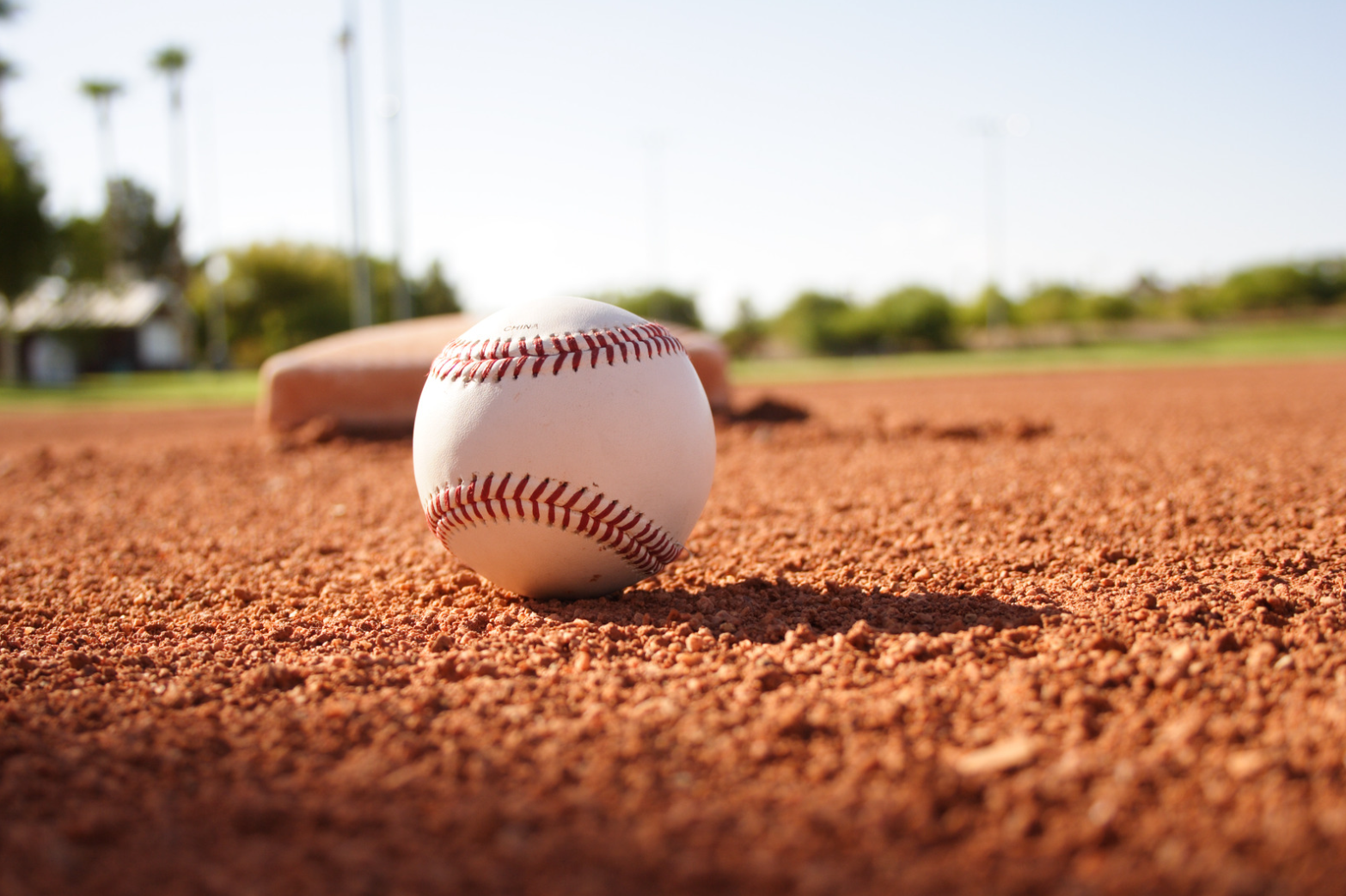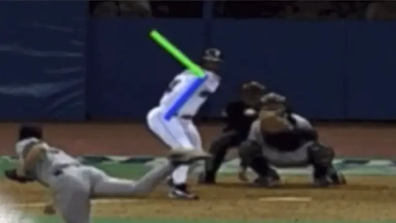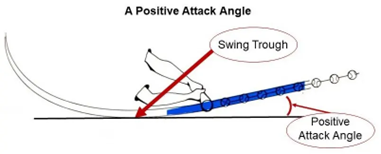
I raised two boys in the world of travel baseball. They don’t play anymore. But the memories are endless and I learned a few things along the way. If I could do it all over again, here are a few things I would have done differently.
1. Throw at 100% Spin Efficiency with Clean Fuego
What is spin efficiency? Hang with me for a second.
Whether you’re throwing a fastball off the mound or throwing the ball from the outfield, you want to throw with 100% backspin to get your maximum velocity on the throw. That sounds reasonable and most would assume they’re doing it correctly. But, a few years ago, we did a study on high schoolers and found that 25-30% of them cut their fast ball to some degree. If this gets to be excessive, it’s hard to fix when they get older.
100% back spin means the ball travels straight, with no tail. This is also referred to as 100% spin efficiency. If your spin efficiency begins to drop to 70-80%, you’re basically “cutting” your fast ball. Unfortunately, every 10 percentage points lowers your throwing velocity by 1-1.5 mph.
How do you make sure you’re throwing correctly and how do you train for 100% backspin (or 100% spin efficiency)?
Get yourself a Clean Fuego ($59.99) and throw it as often as you can. If you find your throw has a wobble (you’ll know what I mean), throw it more often. So, address it early and make sure you can master your fastball with a 100% back spin.
Here is a video on Clean Fuego. Focus on the fastball portion.
2. Develop Solid Swing Metrics with Blast Motion
Blast Motion ($149.95) is a sensor you attach to the bottom of the bat, and it provides a number of very helpful metrics on your swing. Many of these metrics are probably not as relevant to younger players who aren’t quite fully developed yet. But two of the metrics the sensor measures, specifically the Early Connection and Attack Angles are what I would focus on at an early age.
Fixing issues can become more difficult as the athlete gets older and movement patterns become more engrained. However, overloading young athletes with instruction and metrics could have the opposite effect. The best way to address these issues at younger ages is initially through awareness. Let them know when they’re doing it properly so they feel the proper movement patterns.
Let’s review each:
-
- Early Connection Angle
- Attack Angle
Early Connection Angle – Measures the relationship between your body tilt and vertical bat angle at the start of your swing. Establishing a good connection (90 degrees) early in the swing helps you get on plane and increases your ability to adjust to all pitch locations. Generally speaking 80-100 degrees is considered ok, above 100 would be too high.

Attack Angle – Measure the angle of the bat’s path (side view), at impact, relative to horizontal. A positive value indicates swinging up, and a negative value indicates swinging down, where zero is perfectly level (please note this is not the Launch Angle).

What should the Attack Angle be? According to Blast, the average MLB Attack Angle is in the high single digits. Train for an “average” of high single digits, with a range of 5-12 degrees. Here is an expanded article on this topic if interested.
As they say, breaking old habits is hard, so let’s make sure they don’t develop or fix them early. Much of a baseball swing is habitual. Establishing good habits early will not only make you more successful at an earlier age, it will also make life easier as you get older and you can focus on more advanced metrics.
3. Learn a Proper Warm-up
Believe it or not this one is hard. Getting young athletes to warm-up is not an easy task. But building good habits at a young age is very important and teaching them a proper warm-up is a must. I know how young kids warm-up. I was there and observed it first hand. It’s boring. They hate it. But it’s a small price to pay with big benefits down the line.
The importance of a proper warm up at any age is crucial but getting buy-in from young athletes needs to also be “fun”. A proper warm up should consist of:
-
- Arm care/ band work (5 min)
- Multi-Planar Movement prep (10 min)
- Long Toss (10 min)
The following routines are for prepping a young body for practice or game play.
-
- Click here Warm-up for Ages 10-12
- Click here Warm-up for Ages 13 and Older – Pitchers
- Click here Warm-up for Ages 13 and Older – Position Players
4. Throw as Hard as You Can
Lantz Wheeler often says this, “be the guy no one wants to throw with”. What he’s saying is throw so hard that no one wants to play catch with you (after a proper warm-up of course). This is so true!
Teaching the body at a young age how to self-organize to throw the ball hard will go a long way towards creating more efficient movement patterns as you age. Too many young kids waste their time during practice by just lobbing the ball around.
Throwing the ball hard begins with a mindset or intent. Train the intent early. As you get older, velocity is king and it’s best if you figure that out as soon as possible. So, throw hard and on target. You may have a hard time throwing strikes or hit your targets as you develop this mindset, but the brain will reorganize and figure it out.
5. Train for Bat Speed from a Young Age
Similar to throwing velocity, bat speed is an important metric to develop as you grow. Swinging the bat faster is also a mindset and the process teaches the young ball player to have to move more efficiently to develop higher bat speeds.
Blast Motion, which measures bat speed, provides ranges by age group based on their national database. As measured by Blast, it is the observed speed of the sweet spot of the bat at impact considered to be six inches from the tip of the bat. Here are their ranges for youth and middle school:
-
- Middle School: 46 – 62 mph
- Youth: 40 – 56 mph
Bat speed is a function of bat weight, strength, mobility and swing mechanics. If you’re bat speed is low for your age group, first make sure the bat weight is age-appropriate. If your bat speed is on the lower side, it is most likely strength which would need to be addressed separately.
A closing comment with respect to #4 and #5, changing a mindset is a process. As you begin to throw harder or swing faster than you have been previously, you might have a hard time throwing strikes or making good contact. But, patience and practice is the only way. These are important attributes as you continue to develop.
Hope that’s helpful!
By Bahram Shirazi (Owner at RPP Baseball)
You live too far to train with us in-house at RPP? You can now train with us on a REMOTE basis.
You can also reach us through our various platforms or simply click below to schedule a phone call.
If you’re interested in receiving our blogs, please enter your email address below!


